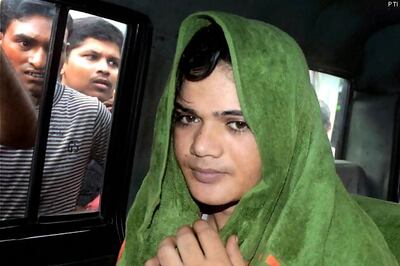
views
The tradition of joint family dates back to ancient times in India. Many generations have been living together for a long time. There are many advantages of living in a joint family. But now the era of nuclear families has arrived. People now prefer to live separately with their partners and children. But some families still live together. One such example is a family who lives in Ajmer. Most people know about the Bagdi Mali family in Rajasthan. This family got its name and fame from the number of family members. A total of 185 people live in this family.
As the family is so huge, the kitchen of the house must also be big. A video of the kitchen of this house was shared on social media. In this house, many ovens were seen together. The women of the house spend most of their time here. In the kitchen of the house, there are a total of eleven stoves on which food is cooked throughout the day. It is said that in this family, 65 kg of rotis are prepared daily. Also, around 50 kg of vegetables are cooked every day.
In this joint family, six generations live together. They live in Ramsar village in Ajmer. They are also known as the Bagdi Mali family. In the joint family, there are 65 men, 60 women and 60 children. There is a lot of love between all of them. People are giving examples of the bonding of this family. On social media too, people have been seen showering love on this family. Many people have written that in modern times, the Mahabharata is set in a family of only four people. In such a situation, taking six generations is a big deal.
In recent decades, a notable transformation has swept through family structures worldwide, particularly in India, where the traditional joint family system has gradually given way to nuclear households. This shift, while indicative of societal evolution, poses both challenges and opportunities for familial dynamics, particularly in promoting health and harmony across generations.
The statistics speak volumes: by 2022, nuclear families had risen to constitute 50 per cent of households in India, a significant increase from 34 per cent in 2008. Amid this evolution, the ingrained value of the joint family structure endures, showing the importance of intergenerational interactions in shaping familial bonds. In this changing landscape, intentional efforts from each family member are essential to maintain both physical and emotional well-being.



















Comments
0 comment